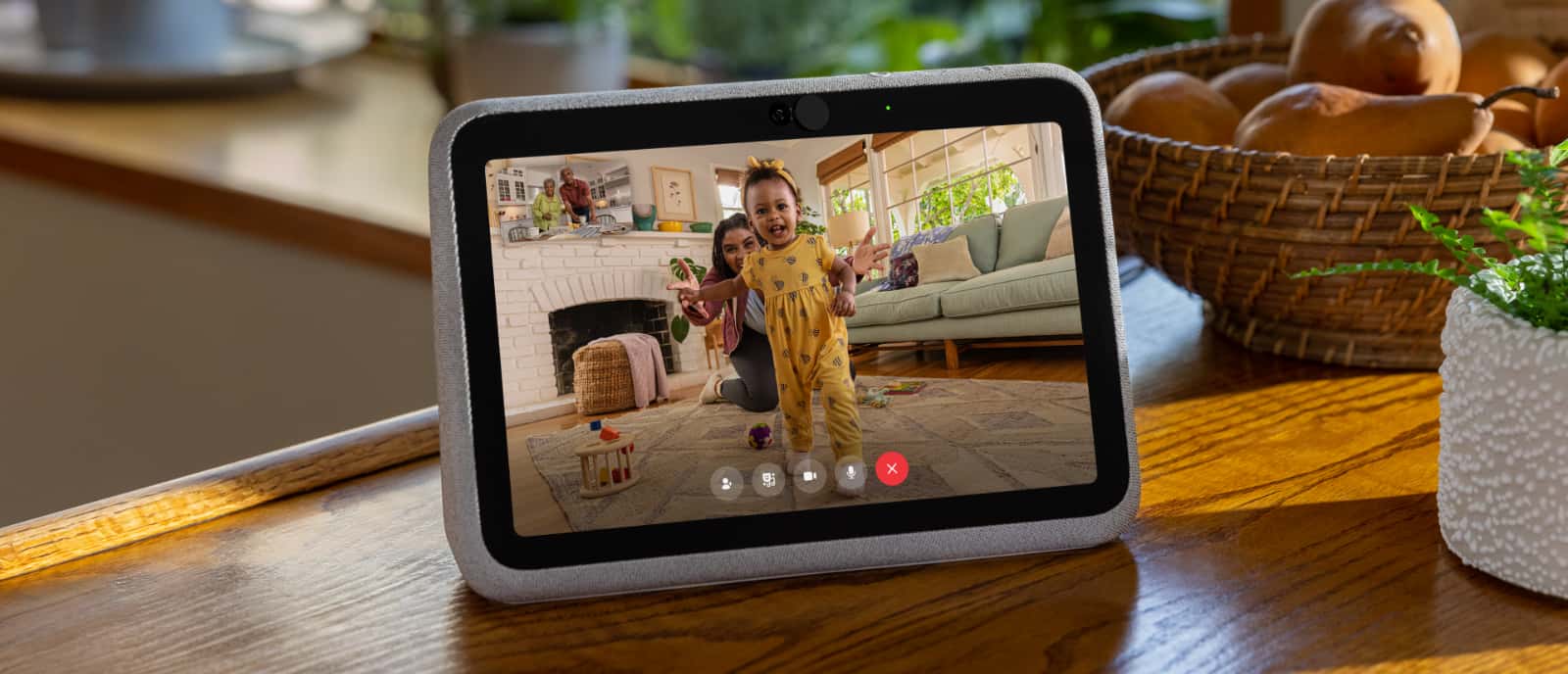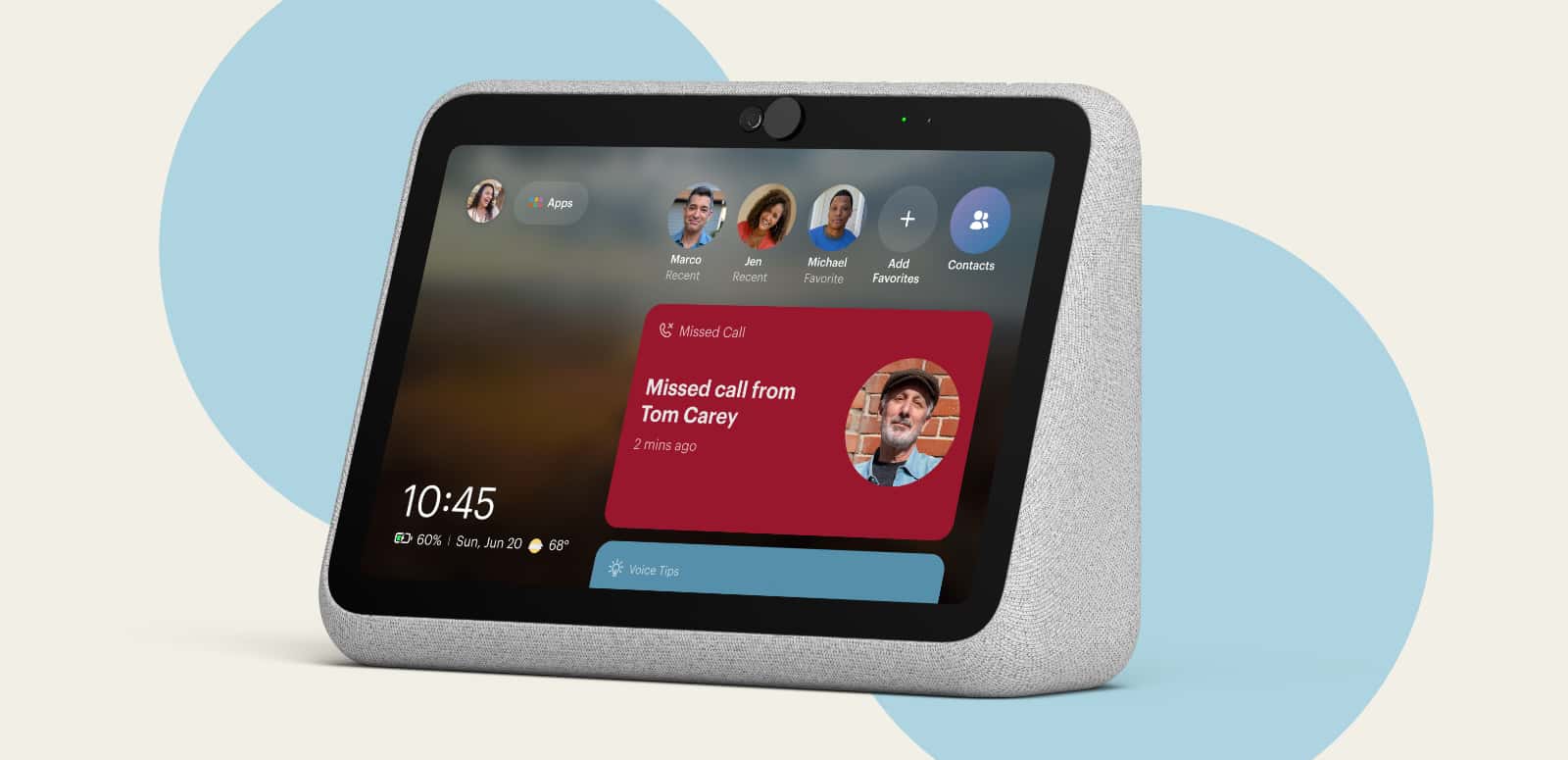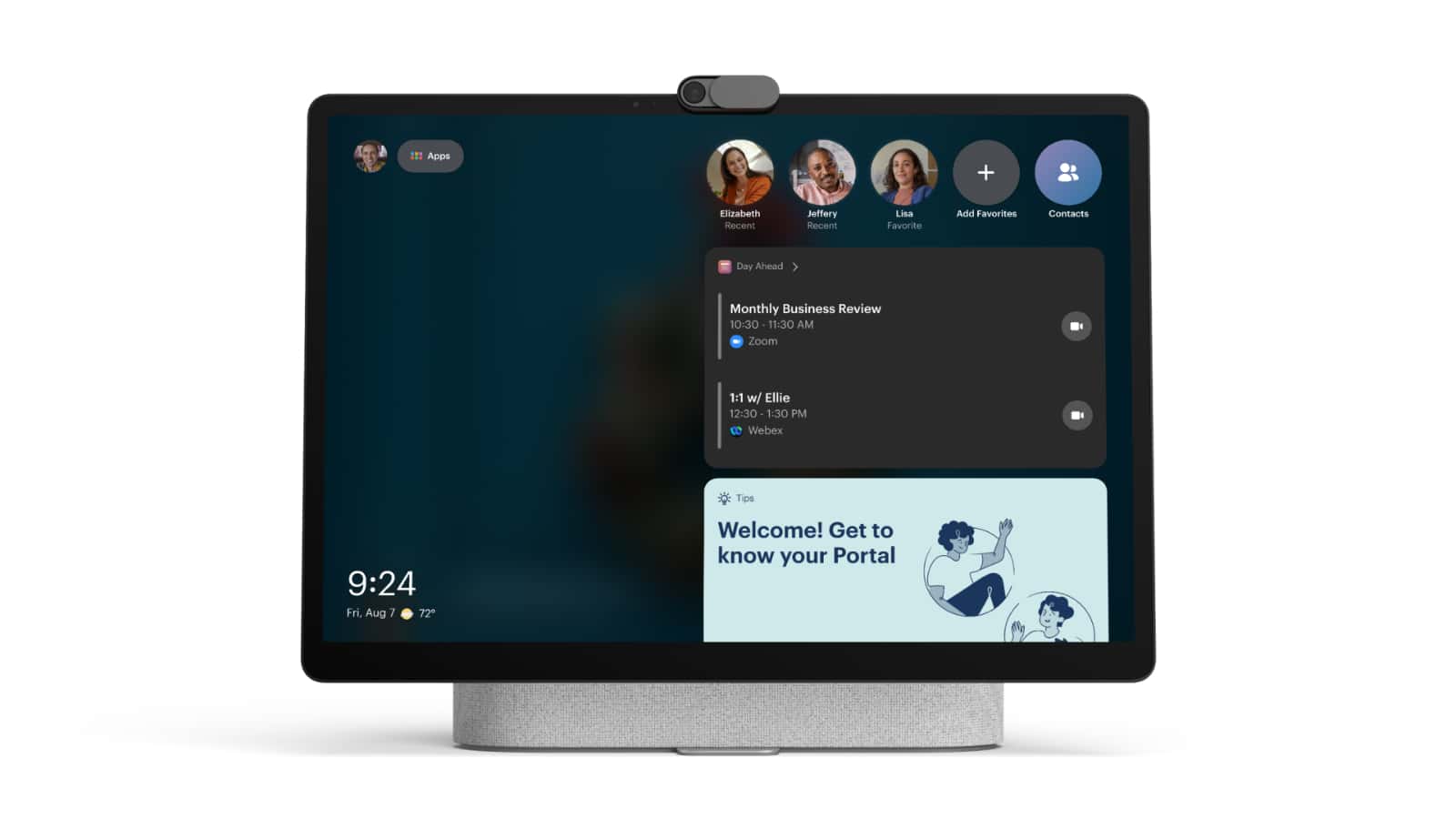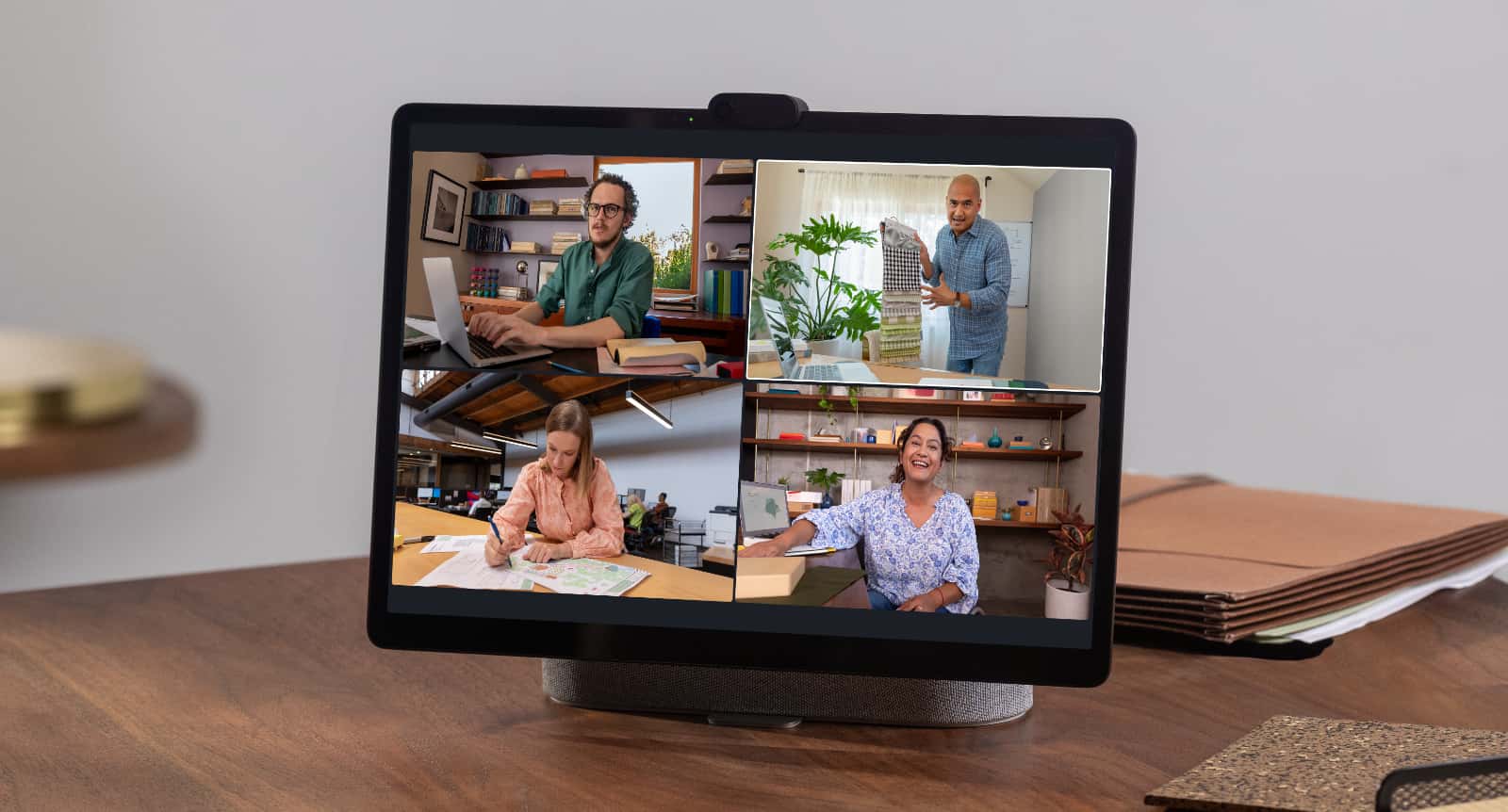Facebook’s take on the smart display gets two more options this year, as video calls and music also comes to one big option and one portable version.
For many trying out the idea of a smart speaker, the smart display can make a little more sense.
While the smart speaker is a little box you can talk to (or a little sphere you can talk to), a smart display offers feedback in the way of a screen, allowing you to see your responses with an audio response as well, rather than just hear the speaker tell you something. This combination of what you can see with what you can hear can help make the smart display a little easier as an entrance into smart home technology, and it’s assisted by what else it can do.
Smart displays typically provide a digital photo frame for when they’re not active, offer a touchscreen for apps when you’re feeling your finger might be faster than your voice command, and depending on the model, they may even have a camera for video chat. All of that certainly seems to be the case with Facebook’s latest.
One of the lesser known entrants in smart speakers and displays, Facebook joined Amazon’s Echo Show and Google’s Nest Hub last year with a couple of options, including one that was merely a camera you could plug into your TV.
This year, Facebook’s approach is a little different, with a portable smart display for video chat, as well as one that sits stationary somewhere else, offering slightly different takes on the tech.
The new models start with the Portal Go, a $279 smart display with a 12 megapixel ultra-wide camera and a speaker, complete with a battery and a handle, so you can move the smart speaker and video chat box as you move around the home.
The Portal Go is joined by a 14 inch Portal that stays put, plugged in and without a battery, offering stereo speakers and that 12 megapixel camera, while the display can tilt. Priced at $519, it’s a bigger take on the smart display, which typically maxes out at 10 inches for most companies, something you can find in the Amazon Echo Show 10 and the Google Nest Hub Max.
A little different from either Google or Amazon’s equivalents, Facebook’s approach supports video calls to folks on a Facebook contact list, likely leveraging the power of Facebook Messenger, while apps for music can also be found. Facebook notes Spotify and iHeartRadio are supported, as well as Pandora, though we doubt Australians will be able to access that last one, as Pandora hasn’t been available in Australia having left the country back in 2017.
However, the Portal devices will automatically work as a digital photo frame, connecting to Facebook and Instagram natively, and also able to talk to a phone’s camera roll, as well.
There’s a business angle in Facebook Portal devices, too, with support for Microsoft Teams coming later on, allowing the technology to run on something not your computer if need be. You can find other video conferencing services on other smart speakers — Zoom on the Google Nest Hub, for instance, and also on Amazon’s Echo Show models — though support for Microsoft Teams seems like a bit of a win for the Portal, even if it’s not scheduled to arrive until December.
The reliance on Facebook, however, makes the Facebook Portal range a little different from other smart displays, too. While other displays merely ask that you have an Amazon account for an Echo or a Google account for a Nest, the Portal relies on a Facebook account, and that mightn’t be something everyone necessarily goes for.
But if you’re still someone who digs on Facebook, Instagram, and talks to people through both, you’ll find both the Portal Go and Portal+ in stores and online for $279 and $519 respectively in late October.









